Is Sharper Always betters
Sharper better
With the advent of high-definition (HD), 4K, and even 8K screens, movie-watching experiences have transformed significantly. While the increased screen resolution brings unparalleled clarity and detail to visuals, it also raises the question, Does sharper screen resolution benefit all movies, or can it sometimes detract from the viewing experience?

The Evolution of Screen Resolution
From Standard Definition to Ultra High Definition
The journey from standard definition (SD) to ultra-high definition (UHD) has been marked by significant technological advancements. HD and 4K resolutions have become the new standard, offering a pixel count that results in sharper, more detailed images. This evolution has enhanced the viewing experience for many genres of films, particularly those that rely on visual spectacle.
The Rise of 8K Screens
The introduction of 8K screens has pushed the boundaries of resolution even further. With four times the number of pixels as 4K, 8K screens promise an unprecedented level of detail and realism. However, the benefits of 8K resolution are more pronounced on larger screens, and not all content is optimized for such high resolution.
Benefits of Sharper Resolution
Enhanced Visual Detail
Sharper screen resolution provides an enhanced level of visual detail that can bring movies to life or sharper fast movements in things like sports. This is particularly beneficial for genres such as action, science fiction, and fantasy, where intricate visual effects, detailed landscapes, and complex scenes are integral to the storytelling.
Improved Cinematic Experience
Higher resolution screens offer a more immersive cinematic experience, making viewers feel like they are part of the movie. The increased clarity allows for better appreciation of cinematography, set design, and costume details, elevating the overall impact of the film.
Beneficial for Animation and CGI
Animated films and movies with extensive CGI benefit greatly from higher resolution screens as long as they are done wll. The sharpness and clarity enhance the visual appeal of the animation and make computer-generated imagery appear more realistic and seamless.

Potential Drawbacks of Sharper Resolution
Revealing Imperfections
One of the potential downsides of sharper screen resolution is that it can reveal imperfections that were not visible at lower resolutions. Makeup, prosthetics, and set designs that appeared flawless in HD may show flaws in 4K or 8K. This can be particularly problematic for older films that were not produced with high resolution in mind.
Distracting from the Story
In some cases, the hyper-realism of high-resolution screens can distract viewers from the story. Instead of being immersed in the narrative, viewers may find themselves focusing on the visual details, which can detract from the emotional and storytelling aspects of the film.
Impact on Certain Film Styles
Certain film styles, such as those with a grainy, nostalgic, or intentionally low-fi aesthetic, may not benefit from sharper resolution. The increased clarity can alter the intended look and feel of the film, detracting from the director’s artistic vision.
The Impact of Resolution on Different Genres
Historical and Period Films
For historical and period films, the increased resolution can be a double-edged sword. While it can enhance the visual splendor of costumes and set designs, it may also reveal anachronisms or imperfections that were previously hidden. Filmmakers must pay extra attention to details to maintain the authenticity of the period setting.
Horror and Thriller Films
In horror and thriller films, the increased clarity can either enhance or detract from the viewing experience. On one hand, sharper resolution can make special effects and creature designs more terrifying. On the other hand, it can also reveal the artifice behind practical effects and makeup, potentially reducing the scare factor.
Indie and Low-Budget Films
Indie and low-budget films often have a unique charm that comes from their raw and unpolished aesthetic. Higher resolution screens can sometimes make these films appear too clean and polished, diminishing their intended gritty or homegrown feel. The choice of resolution should align with the director’s vision and the film’s style.
The Role of Color Grading and Post-Production
Enhancing Visuals
Color grading and post-production techniques play a crucial role in making the most of higher resolution screens. By adjusting color tones, contrast, and brightness, filmmakers can ensure that their films look stunning and consistent across different resolutions. This process can enhance the overall visual impact of the movie.
Maintaining Artistic Integrity
Post-production allows filmmakers to maintain their artistic integrity while adapting to higher resolution formats. By carefully crafting the final look of the film, they can ensure that the increased clarity does not compromise the intended mood or atmosphere. This balance is essential for preserving the film’s original vision.

Future Trends in Screen Resolution
Adaptive Resolution Technology
As technology continues to evolve, we may see the development of adaptive resolution technology that can automatically adjust the screen resolution based on the content being viewed. This innovation could optimize the viewing experience for different types of films, ensuring that each movie is presented in the best possible way.
Virtual Reality and Immersive Experiences
The rise of virtual reality (VR) and immersive experiences may also influence the future of screen resolution. High-resolution screens are essential for creating realistic and immersive VR environments, providing viewers with a more engaging and lifelike experience. This trend could lead to further advancements in screen technology and resolution standards.
Conclusion
The evolution of screen resolution has undoubtedly transformed the movie-watching experience, offering unprecedented levels of detail and clarity. While sharper resolution enhances many aspects of film viewing, it is not universally beneficial for all movies. By understanding the potential benefits and drawbacks, viewers and filmmakers can make informed choices that preserve the artistic integrity and emotional impact of their films.
Join the Discussion
What are your thoughts on sharper screen resolution and its impact on movies? Have you experienced any films that were either enhanced or detracted by higher resolution?

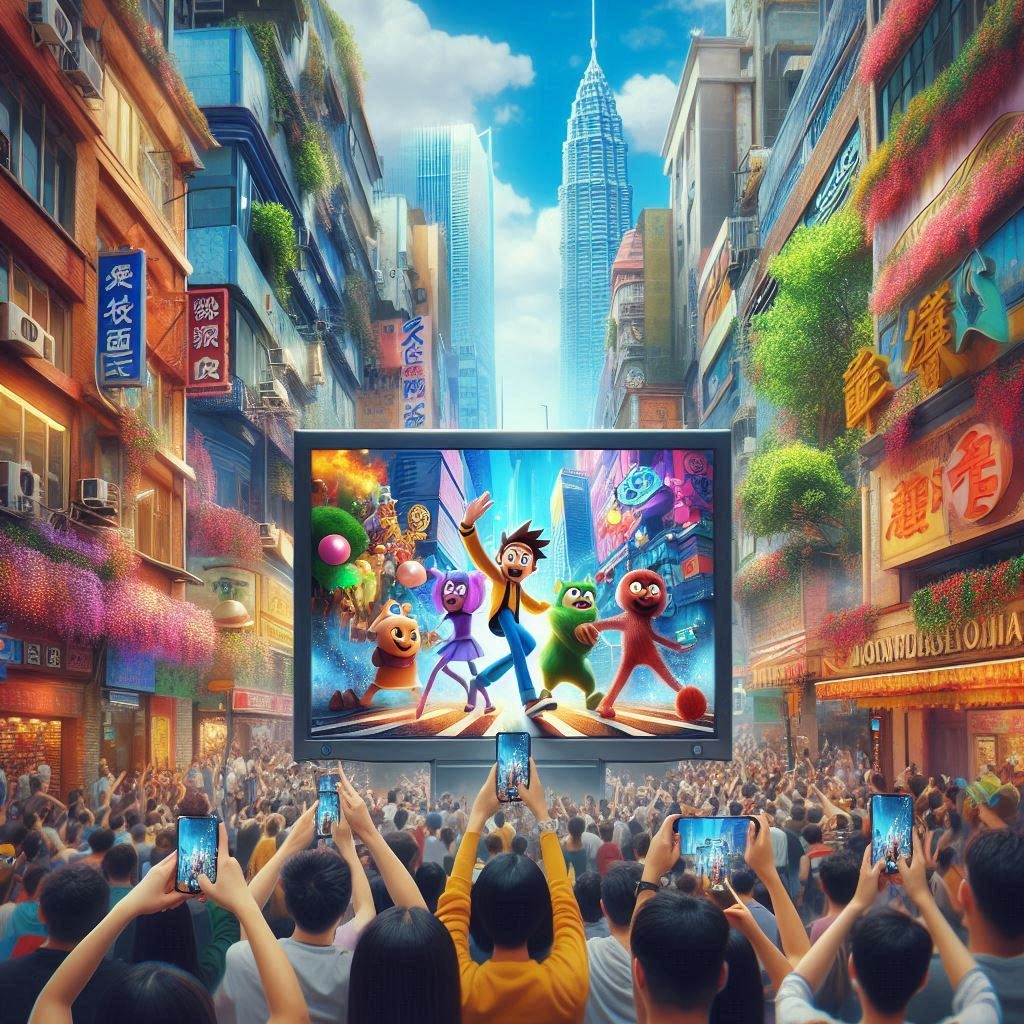

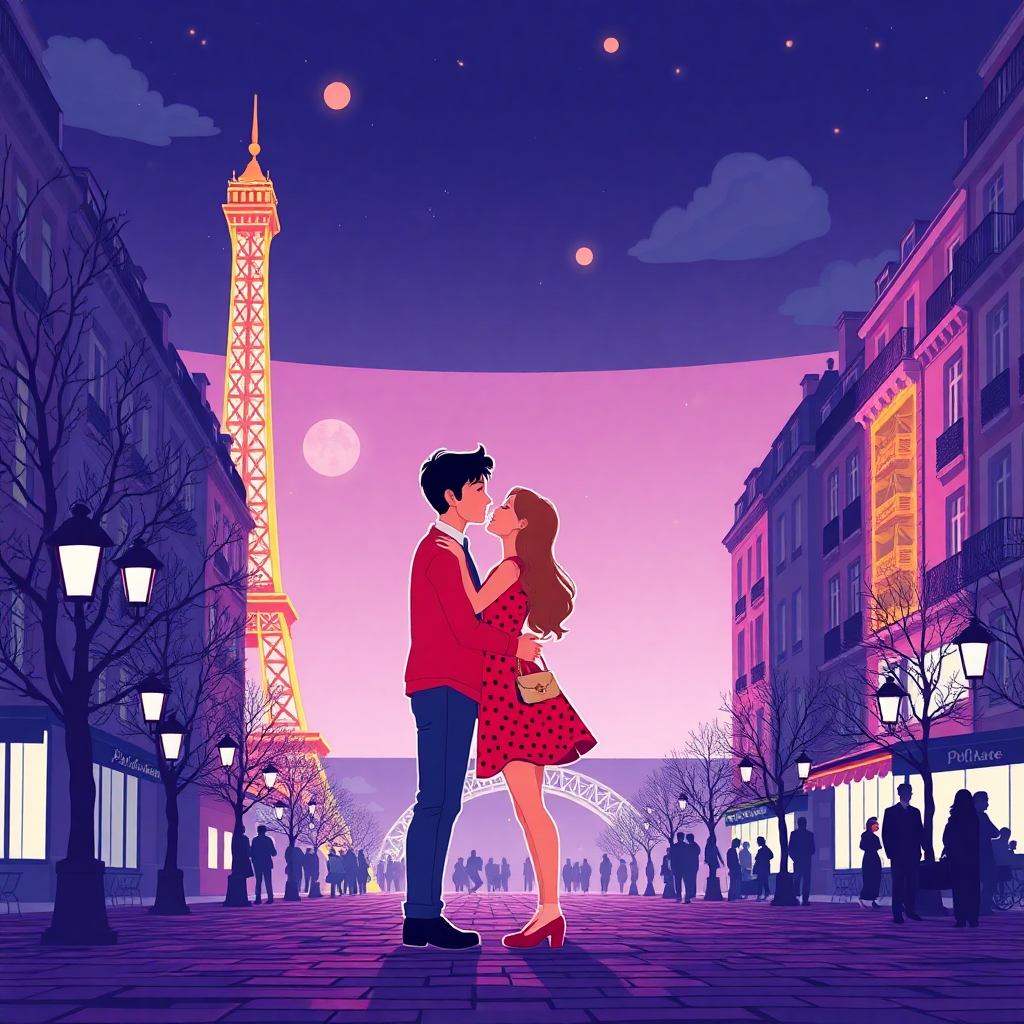
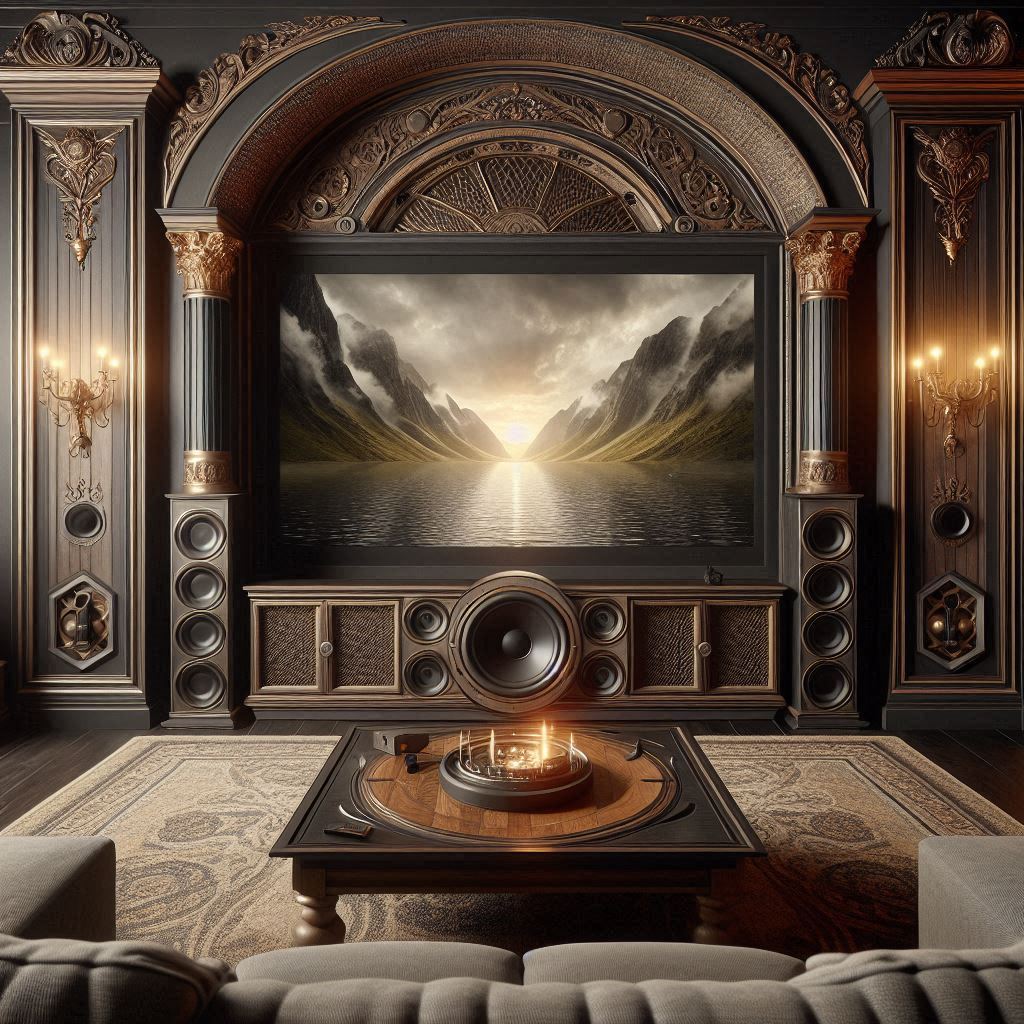


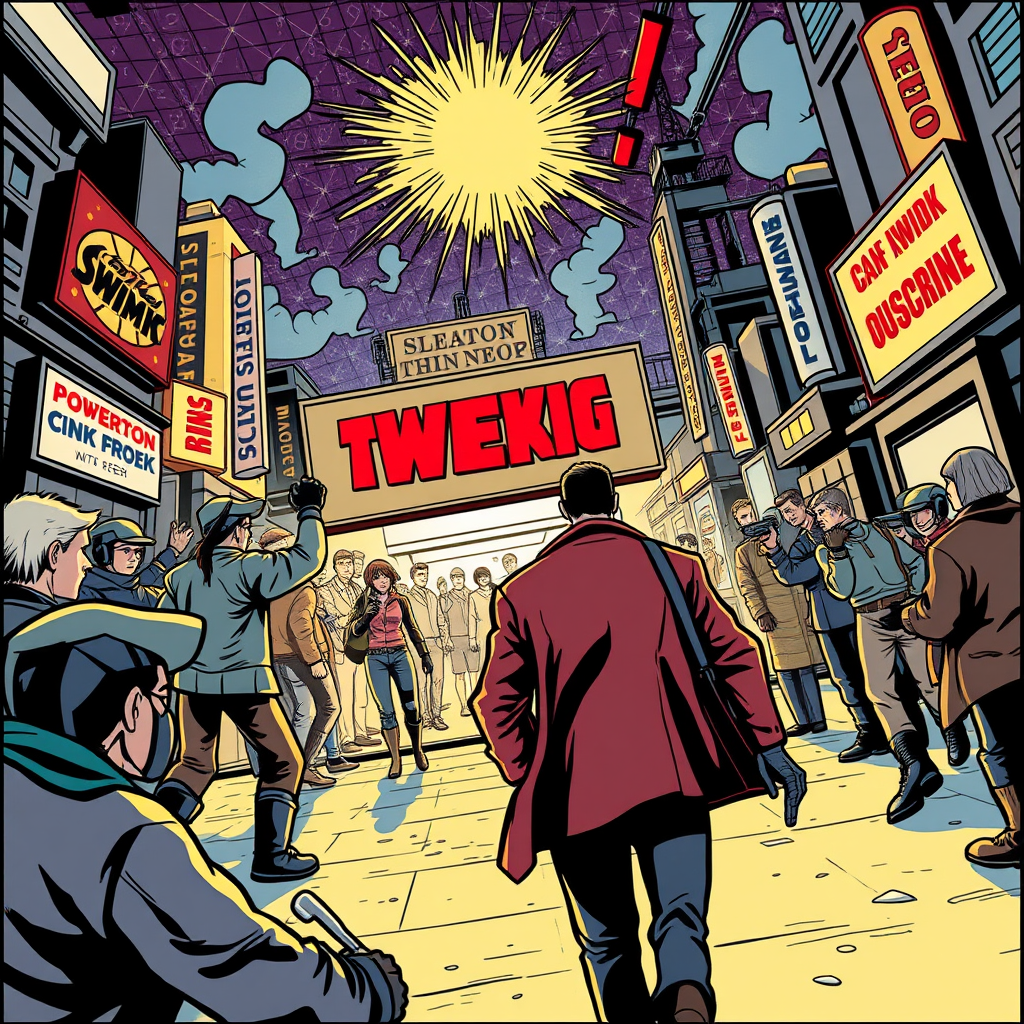
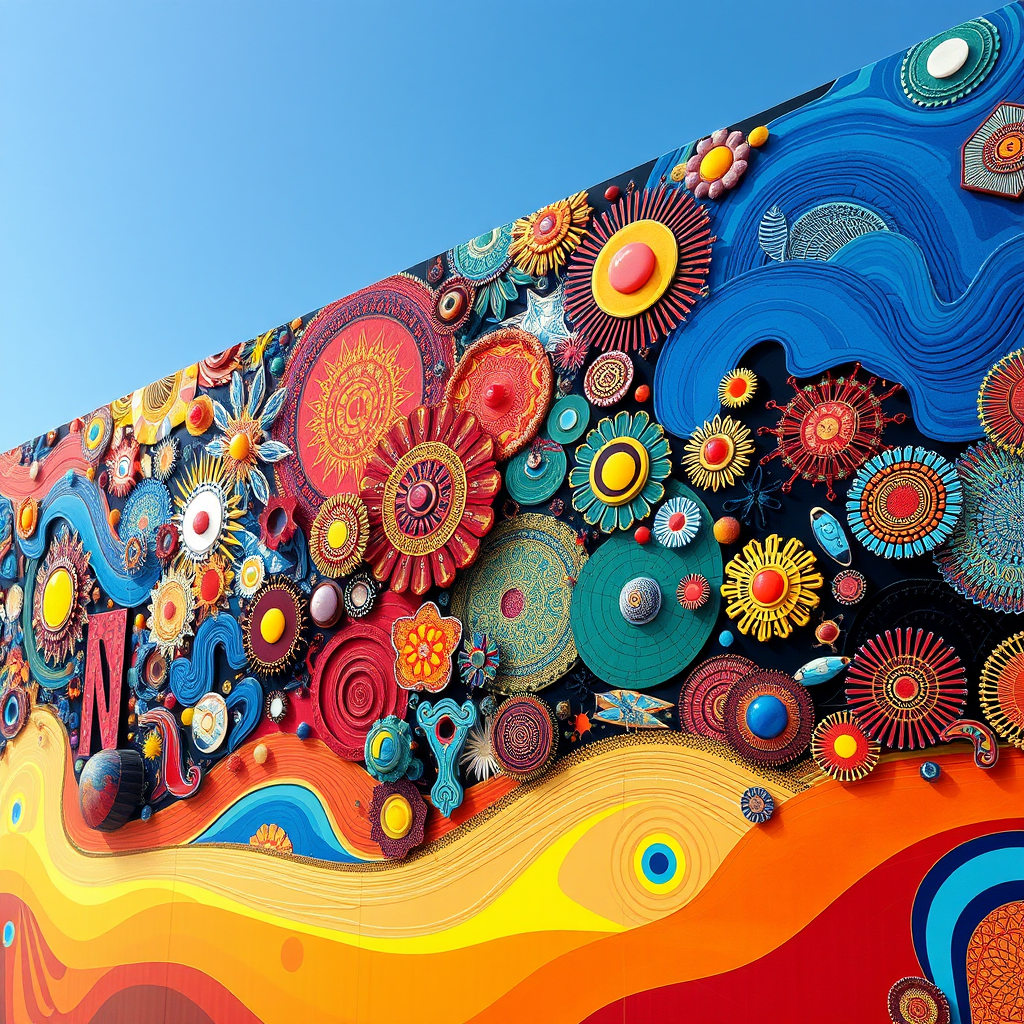
Evelyne
I’m really inspired along with your writing skills as
smartly as with the layout in your weblog. Is that this a paid subject
matter or did you customize it yourself? Anyway keep up the excellent quality writing, it is uncommon to look a great blog like this one today.
Stan Store!